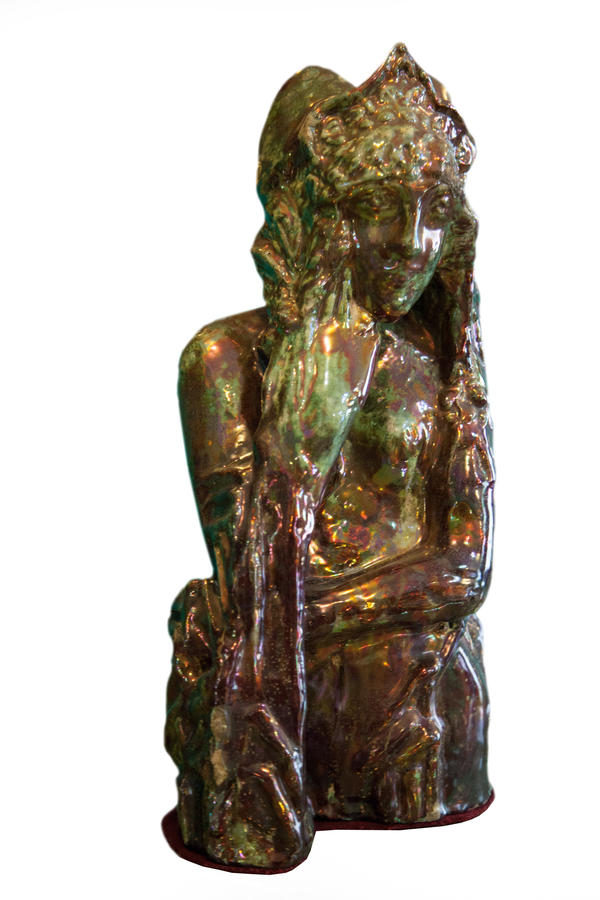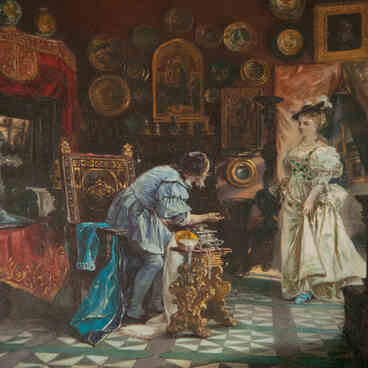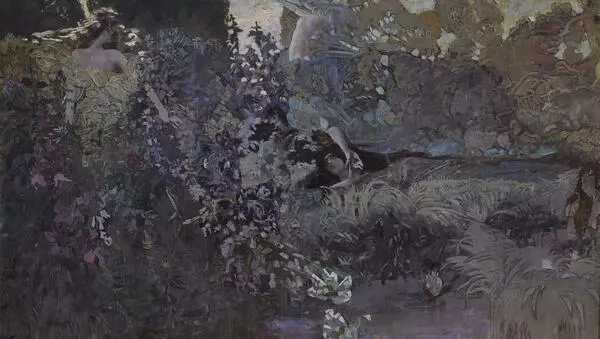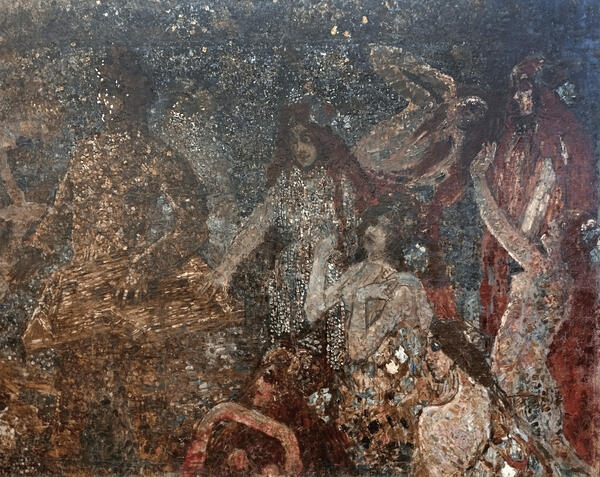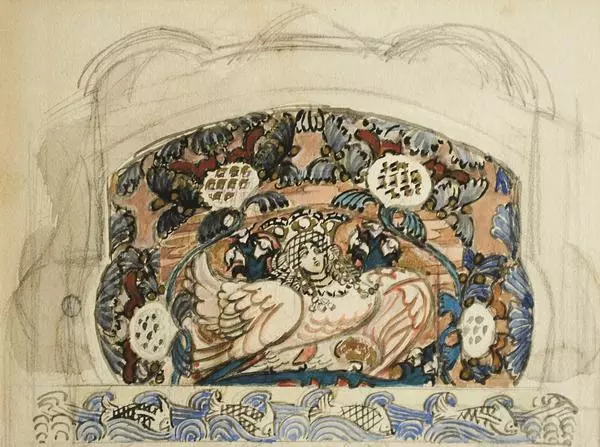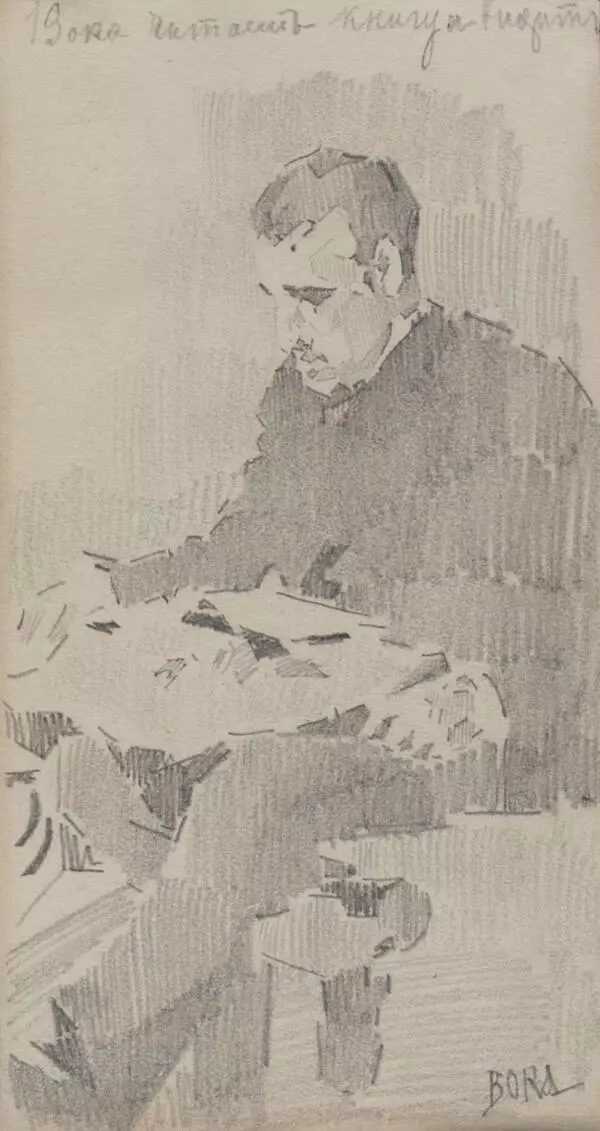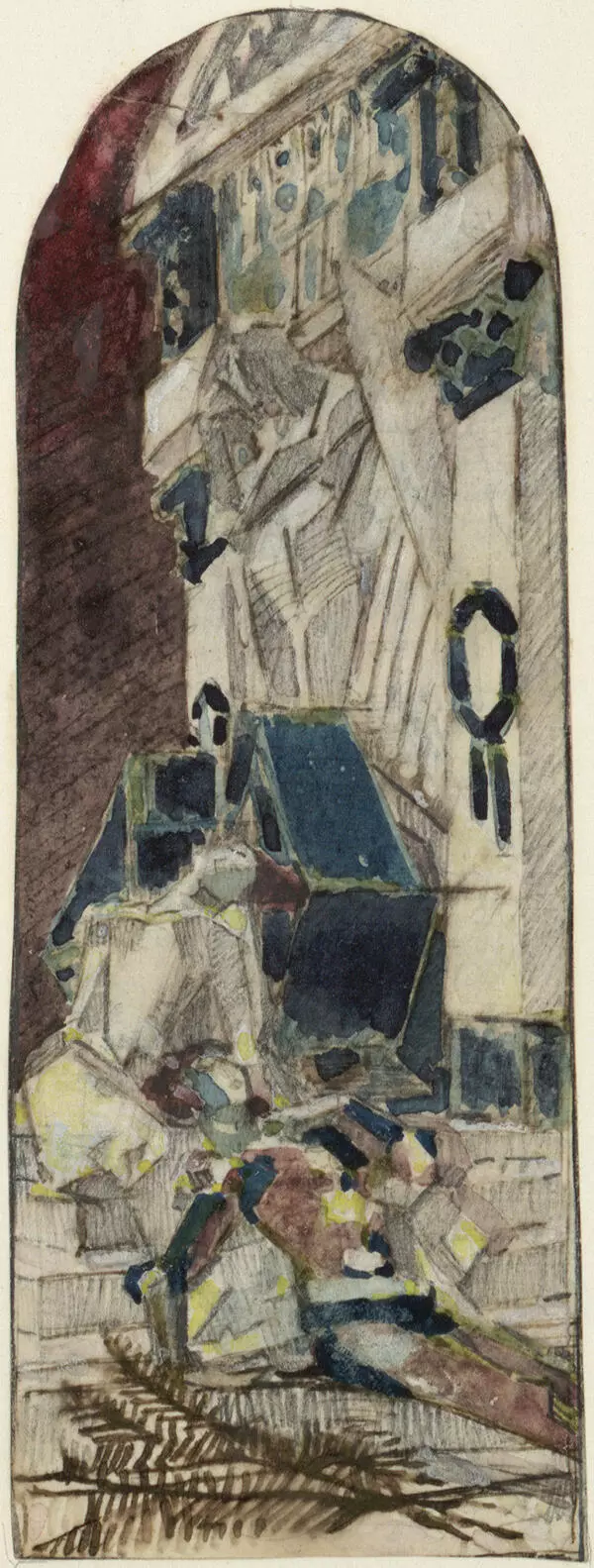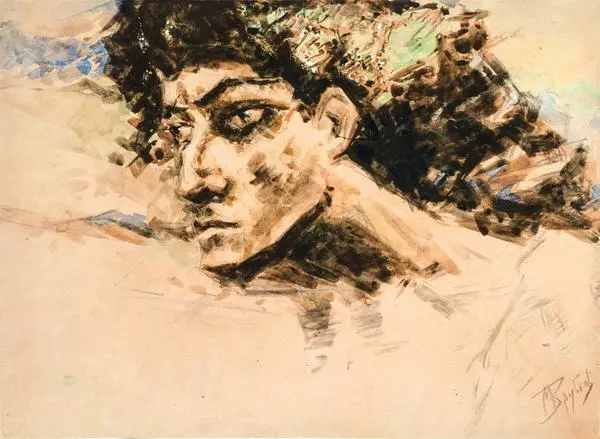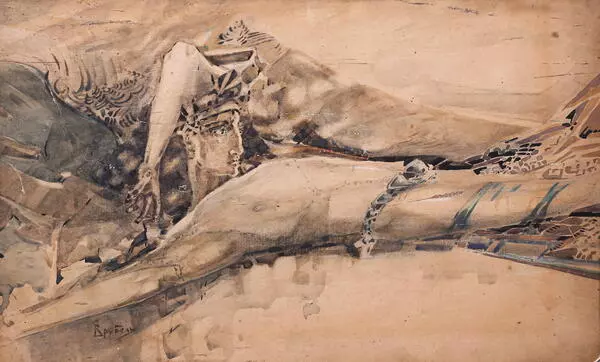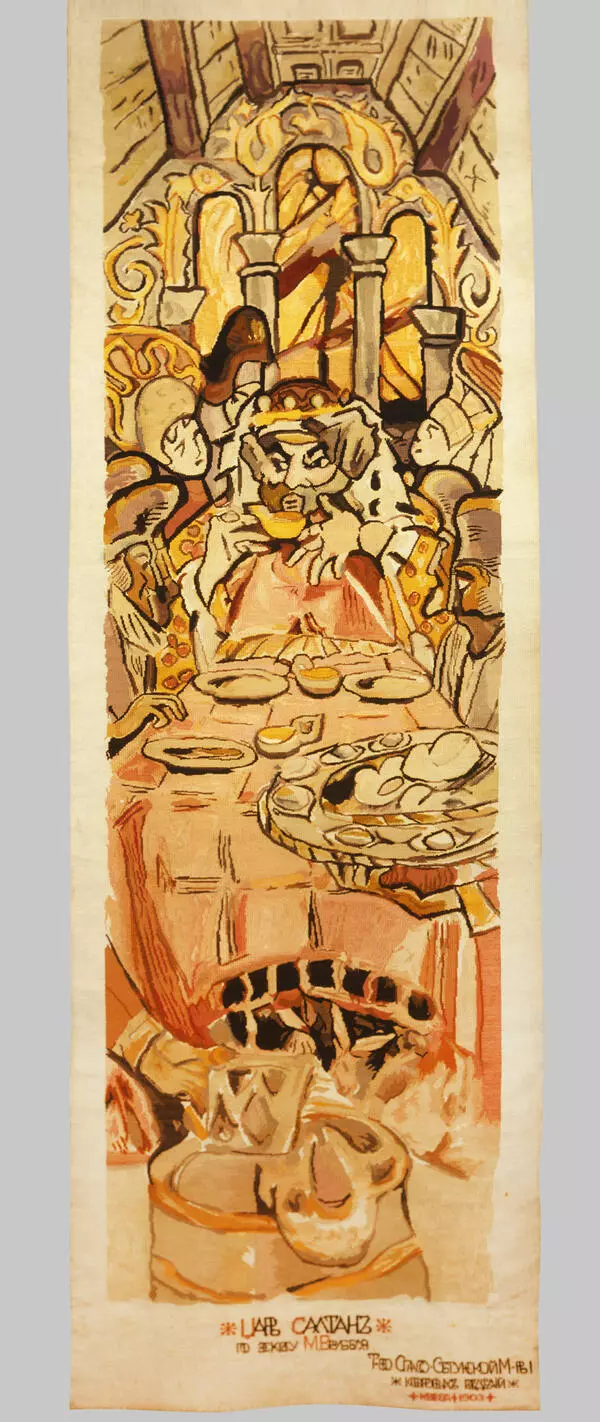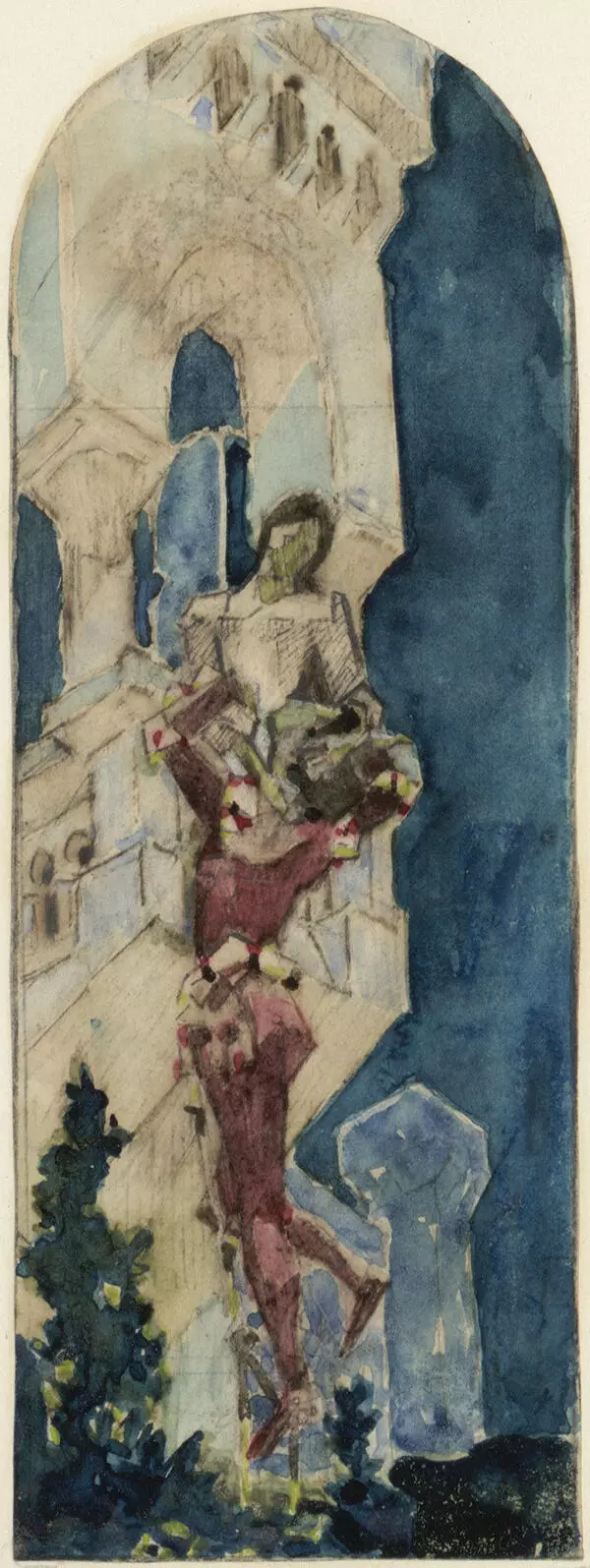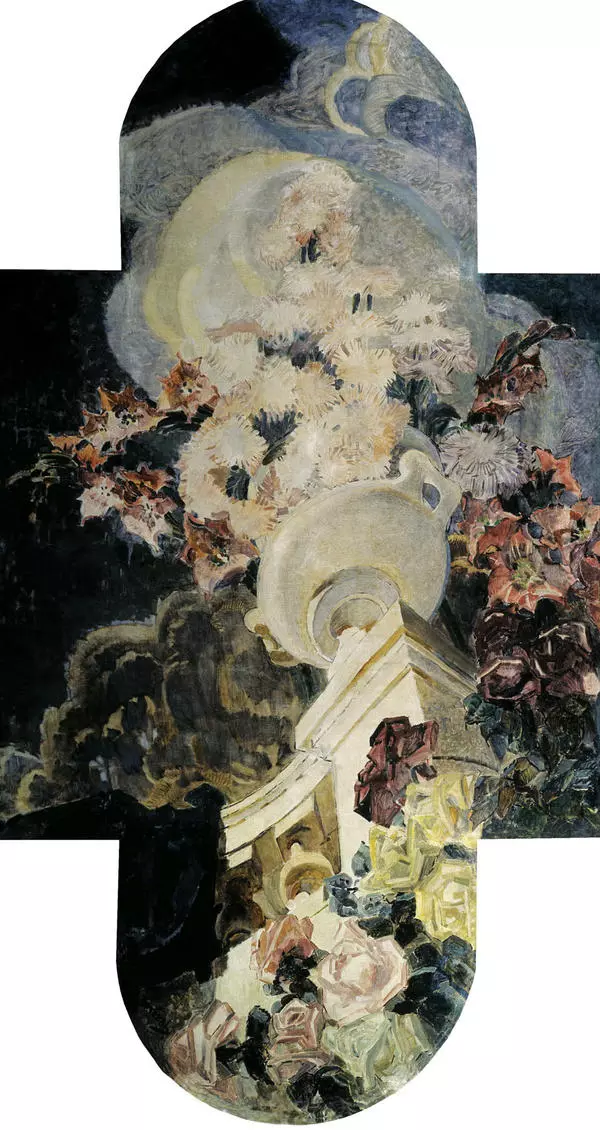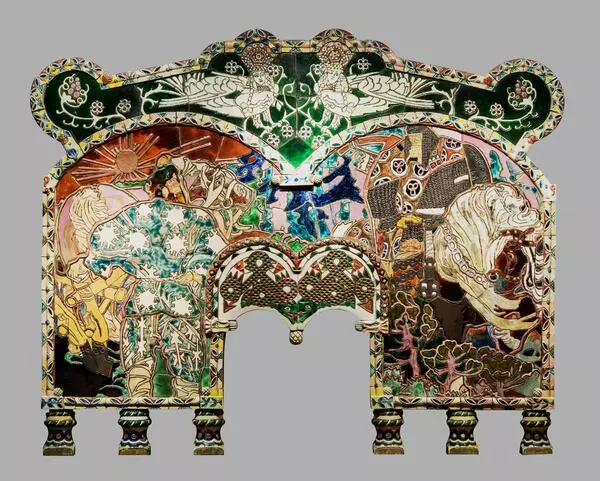Nikolai Golovanov’s collection contained three sculptures by Mikhail Vrubel (1856–1910), made in the majolica technique — “The Sea King”, “Volkhova” and “Berendey”.
These works were created during a new period in the artist’s work: in the second half of the 1890s, Vrubel began working in the Abramtsevo ceramic workshop, organized by Savva Mamontov. Vrubel was fascinated by the idea of reviving national art and creating the “Neo-Russian” style. In addition to other pieces, the master created two of his most striking ceramic series “Sadko” and “The Snow Maiden”, which embodied the characters of Nikolai Rimsky-Korsakov, who was a close friend of Mikhail Vrubel.
The sculpture “Volkhova”, based on the opera and epic poem “Sadko”, shows a fairy-tale princess, the daughter of the sea king. The enigmatic lyrical image of the sea princess is achieved through the light impressionistic manner of modeling, the original interpretation of the form free of stereotypes, and the peculiarity of the majolica technique, which creates the illusion of colored flashes on the surface, adding an element of mystery to the sculpture.
This work encompassed everything that the artist was interested in at that time: fabulous and mystical motifs and plots, experimenting with the plasticity of the material, the opportunity to embody any ideas, new means of expression and national style, and the synthesis of arts and crafts in combination with the artistic synthesis.
The creative aspirations of Mikhail Vrubel, expressed through the sculptures from Golovanov’s collection, are similar to those of the outstanding conductor himself, who, like Vrubel, was fascinated by the idea of artistic synthesis and strove for the brightness, brilliance and iridescence in the music of the orchestra that he led. Given that the musical works of Rimsky-Korsakov provided the motifs for the majolica sculptures, their presence in the collection seems more than justified. Golovanov’s sense of color was akin to that of Vrubel. The artists of the Bolshoi Theater Orchestra recalled how meticulous Golovanov was while working with them on the scene in the opera “Sadko” where the fish turn into gold: the score appeared to glitter with all shades of “silver” and warm “golden” registers and timbres.
These works were created during a new period in the artist’s work: in the second half of the 1890s, Vrubel began working in the Abramtsevo ceramic workshop, organized by Savva Mamontov. Vrubel was fascinated by the idea of reviving national art and creating the “Neo-Russian” style. In addition to other pieces, the master created two of his most striking ceramic series “Sadko” and “The Snow Maiden”, which embodied the characters of Nikolai Rimsky-Korsakov, who was a close friend of Mikhail Vrubel.
The sculpture “Volkhova”, based on the opera and epic poem “Sadko”, shows a fairy-tale princess, the daughter of the sea king. The enigmatic lyrical image of the sea princess is achieved through the light impressionistic manner of modeling, the original interpretation of the form free of stereotypes, and the peculiarity of the majolica technique, which creates the illusion of colored flashes on the surface, adding an element of mystery to the sculpture.
This work encompassed everything that the artist was interested in at that time: fabulous and mystical motifs and plots, experimenting with the plasticity of the material, the opportunity to embody any ideas, new means of expression and national style, and the synthesis of arts and crafts in combination with the artistic synthesis.
The creative aspirations of Mikhail Vrubel, expressed through the sculptures from Golovanov’s collection, are similar to those of the outstanding conductor himself, who, like Vrubel, was fascinated by the idea of artistic synthesis and strove for the brightness, brilliance and iridescence in the music of the orchestra that he led. Given that the musical works of Rimsky-Korsakov provided the motifs for the majolica sculptures, their presence in the collection seems more than justified. Golovanov’s sense of color was akin to that of Vrubel. The artists of the Bolshoi Theater Orchestra recalled how meticulous Golovanov was while working with them on the scene in the opera “Sadko” where the fish turn into gold: the score appeared to glitter with all shades of “silver” and warm “golden” registers and timbres.
